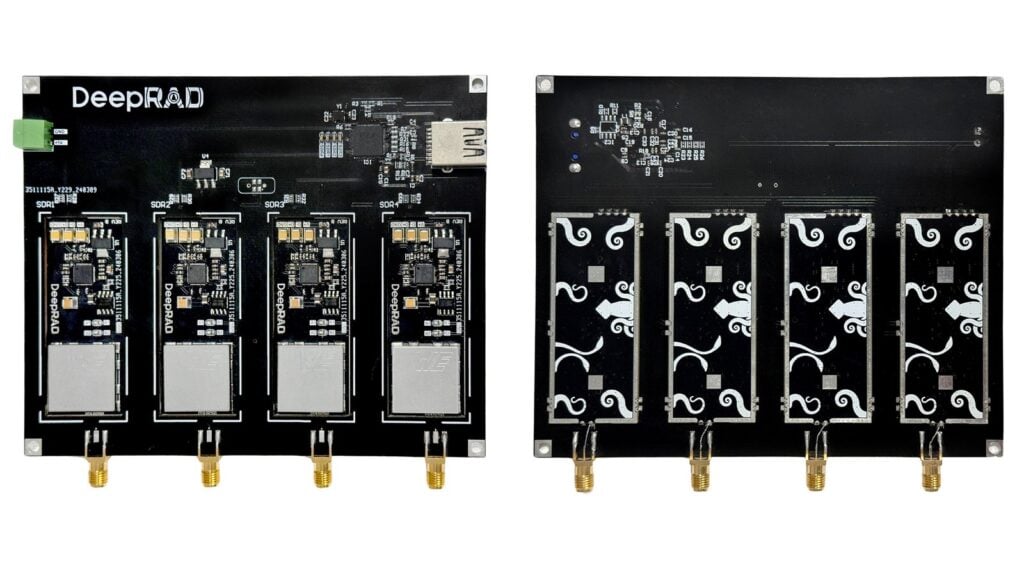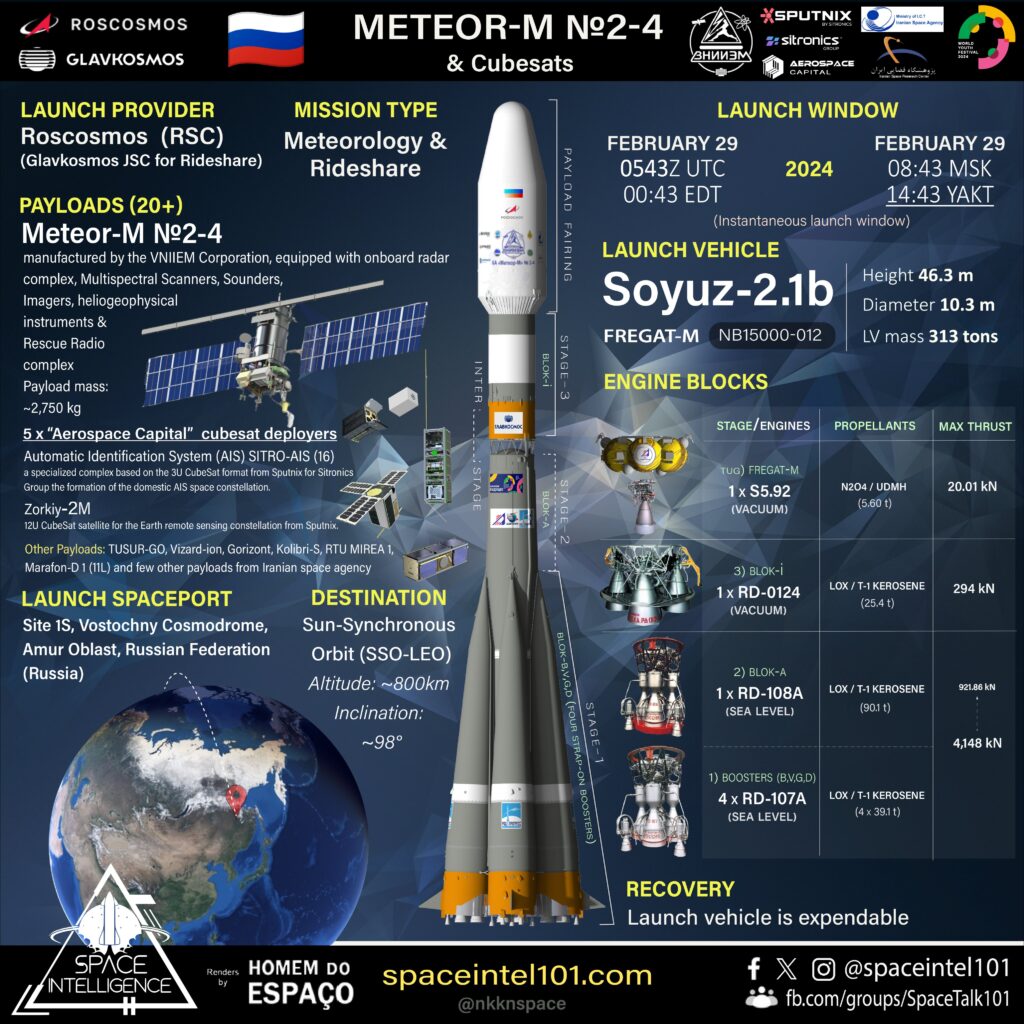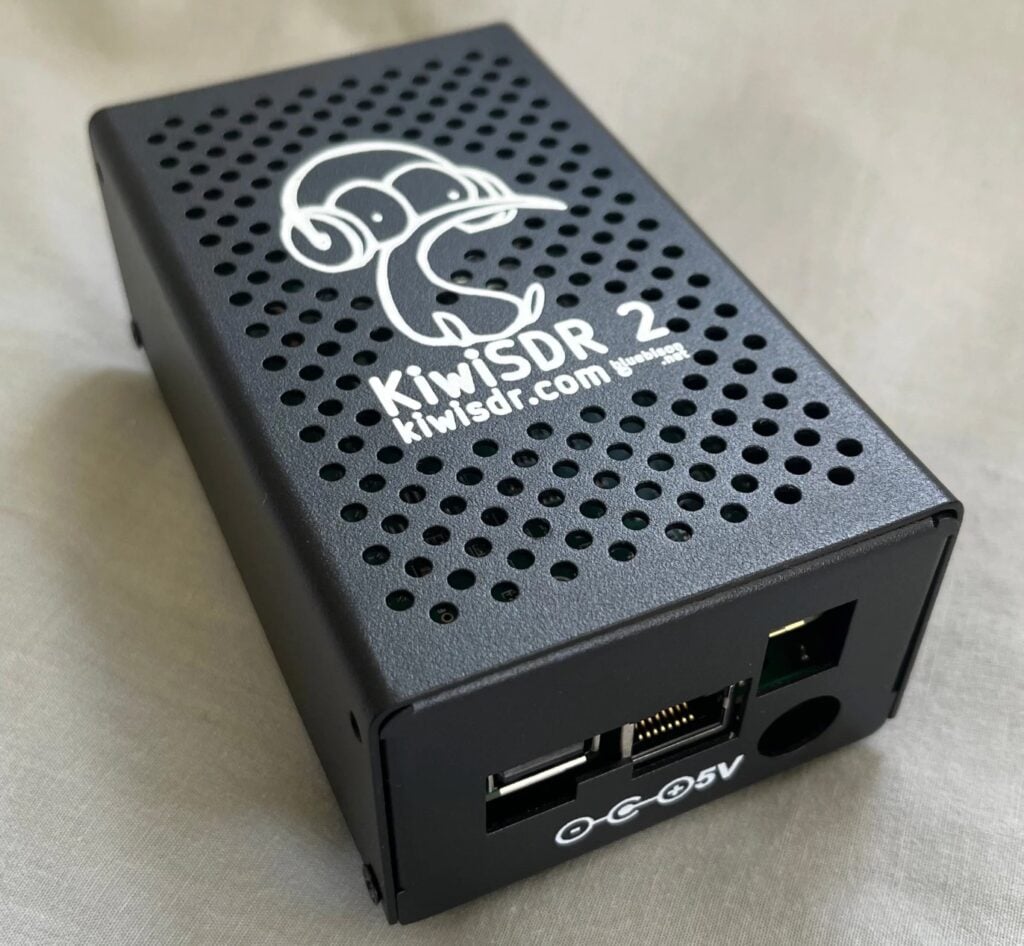SDRplay RSPdx-R2 Released
SDRplay has announced the release of their latest product, the SDRplay RSPdx-R2. The RSPdx-R2 is advertised as an enhanced version of their RSPdx software-defined radio. The press release from SDRplay reads:
Jon Hudson, SDRplay Sales and Marketing Director said “Global supply chain support issues have prompted some redesign of existing products to ensure continued supply for our UK manufacturing partners. With each new member of the RSP family, SDRplay tries to include improvements. This has given us the opportunity to offer performance enhancements at the same time as assuring supply”.
- The RSPdx-R2 provides up to 10MHz spectrum visibility anywhere from 1kHZ to 2GHz with no gaps. It features:
- Improvements to the RSPdx for MF frequencies and below:
- Improved noise performance below 1MHz
- Improved dynamic range below 2MHz both in tuner mode and HDR mode
- 3 Software selectable inputs, including a BNC input for up to 200MHz
- A 500kHz LPF for LF/VLF
- HDR mode for enhanced performance under 2MHz
- Notch filters on all inputs
- A rugged steel case
More details on https://www.sdrplay.com/rspdxR2/
The suggested retail price is £188.00 GBP (excluding VAT), $235.00 USD (excluding tax) or €225.60 EUR (excluding tax).
SDRplay recently launched their free multiplatform SDRconnect software which as well as running on Windows, will also run on MacOS and Linux/Raspberry Pi. As with their SDRuno windows software, the emphasis is on “plug and play” making the SDRplay receivers an easy-to-use and low-cost way to discover (or rediscover) the radio hobby for anyone who already uses a computer.
SDRplay has also provided the datasheet of the RSPdx-R2 which can be downloaded here.





